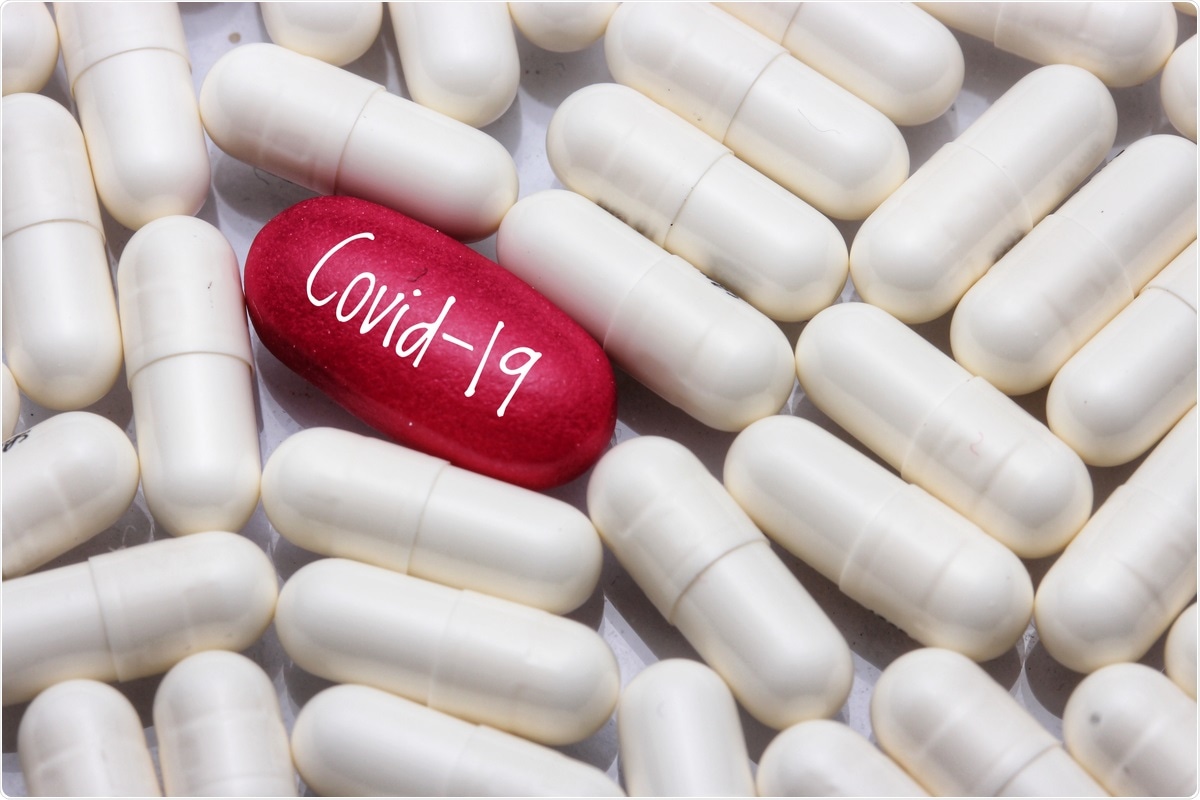With the growing concern about the emergence of pandemics, such as the coronavirus disease 2019 (COVID-19) pandemic, drug development and repurposing are paramount. A recent study available on the preprint server bioRxiv* investigated the influence of colloidal aggregation on early drug development in repurposing screens. Specifically, whether colloidal aggregators, one of the most common artifacts in early drug discovery, were responsible for fake positive during COVID-19 drug repurposing studies.
 Study: Colloidal aggregators in biochemical SARS-CoV-2 repurposing screens. Image Credit: Zety Akhzar/ Shutterstock
Study: Colloidal aggregators in biochemical SARS-CoV-2 repurposing screens. Image Credit: Zety Akhzar/ Shutterstock

 This news article was a review of a preliminary scientific report that had not undergone peer-review at the time of publication. Since its initial publication, the scientific report has now been peer reviewed and accepted for publication in a Scientific Journal. Links to the preliminary and peer-reviewed reports are available in the Sources section at the bottom of this article. View Sources
This news article was a review of a preliminary scientific report that had not undergone peer-review at the time of publication. Since its initial publication, the scientific report has now been peer reviewed and accepted for publication in a Scientific Journal. Links to the preliminary and peer-reviewed reports are available in the Sources section at the bottom of this article. View Sources
A preprint version of the study is available on the bioRxiv* server, while the article undergoes peer review.
What did the team do?
The team selected fifty-six drugs demonstrated to be vital in biochemical assays and then tested them for aggregation. This was done by dynamic light scattering and by enzyme bench screening with and without detergent.
Seventeen of these drugs were found to form colloids at concentrations comparable to the literature described in IC50s. The team chose fifteen drugs with physical features relating to known aggregators from a common repurposing institution to investigate further the appearance of colloidal aggregators generally extended in repurposing institutions. It was then found that six of them were found these aggregated at micromolar congregations.
A benefit of repurposing is that drugs effective on one target are recognized de-risked on another. This study also suggests that many of these repurposed drugs made for COVID-19 in biochemical assays are artifacts and that drugs seem to act artifactually via colloidal aggregation when viewed at relevant consistencies. Knowing the role of aggregation and identifying its effects will allow the healthcare community to focus on the drugs and leads that can manage COVID-19.
Why do we do drug repurposing?
Drug repurposing is an interesting idea in the appearance of a global pandemic since the development of a rapid antiviral drug is crucial. It can dramatically cut both the time and cost required to produce a new curative. Drug repurposing drives typically screen established libraries of thousands of licensed drugs and investigational new drugs (INDs), and various assays have been generated to test these drugs for activity against the COVID-19 virus. The biochemical screens were produced to identify movement against two proteins utilized in severe acute respiratory syndrome coronavirus 2 (SARS-CoV-2) infection and maturation: the angiotensin-converting enzyme 2 (ACE2) and the 3CL-Pro.
What were the results?
Researchers found that various drugs repurposed for COVID-19 aggregate and inhibit the counter-screening enzymes indiscriminately at concentrations relative to their recorded IC50s against COVID-19 protein targets (ACE2 and 3CL-Pro.) Of the fifty-six drugs examined, seventeen of them fulfilled all five of the criteria of the researcher's team for appearing by colloidal aggregation. The five criteria were:
i. They developed particles that DLS could strongly scatter
ii. They had mannered autocorrelation curves
iii. They restrained the counter-screening enzyme malate dehydrogenase
iv. They didn't do so in the presence of detergent, and
v. They typically restrained with steep Hill slopes.
Each of these criteria independently signals colloidal aggregation; however, they firmly support its existence when combined. The following figure depicts the various methodologies used and the results obtained.
The second observation from this study was that these artifacts were not much of a feature of SARS-CoV-2 repurposing but were probably reflecting the function of drugs at relevant concentrations. Therefore, six of the fifteen drugs examined from a general purposing library were also aggregators at micromolar concentrations. An affinity of drug repurposing is that the molecules are considered to be de-risked from the pathologies of initial examination. However, at micromolar concentrations, medications, which are larger and more water-resistant than the lead-like molecules found in most screening and virtual archives, are more potential to aggregate; this is something that earlier studies also confirm.

 This news article was a review of a preliminary scientific report that had not undergone peer-review at the time of publication. Since its initial publication, the scientific report has now been peer reviewed and accepted for publication in a Scientific Journal. Links to the preliminary and peer-reviewed reports are available in the Sources section at the bottom of this article. View Sources
This news article was a review of a preliminary scientific report that had not undergone peer-review at the time of publication. Since its initial publication, the scientific report has now been peer reviewed and accepted for publication in a Scientific Journal. Links to the preliminary and peer-reviewed reports are available in the Sources section at the bottom of this article. View Sources
Article Revisions
- Apr 13 2023 - The preprint preliminary research paper that this article was based upon was accepted for publication in a peer-reviewed Scientific Journal. This article was edited accordingly to include a link to the final peer-reviewed paper, now shown in the sources section.